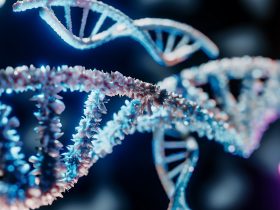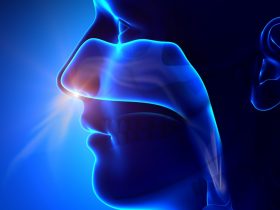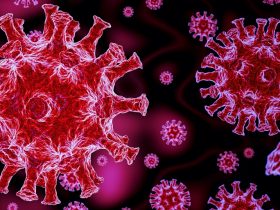At the recent American Rhinologic Society, Combined Otolaryngology Spring Meeting (ARS-COSM) in Boston, Massachusetts (May 4-5, 2023), researchers from Tel Aviv Sourasky Medical Center, Tel Aviv University, Israel presented a study demonstrating the identification of diagnostic biomarkers for chronic rhinosinusitis (CRS) inflammatory endotypes and defining the distinctive inflammatory patterns correlating with refractory CRS.
The traditional classification of CRS based on phenotypical characteristics has recently shifted into inflammatory genotyping. Biologic treatments that block these targets have been introduced, and initially, they were used for asthma and atopic dermatitis. However, in 2019, Dupilumab was the first agent to be FDA-approved for CRS with nasal polyposis (CRSwNP).
The researchers recruited adult patients with a typical CRS history and endoscopic findings. The controls encompass patients who underwent endoscopic surgery for other causes, specifically nasal obstruction. Patients with systemic disease and those treated with other immunomodulatory therapies were excluded from the study. Tissues were collected during the endoscopic surgery, and all samples underwent hematoxylin and eosin (H&E) staining for morphological evaluation. Furthermore, all cytokine patterns were analyzed by histology and multiplex immunoassay.
According to study results, 30 patients were recruited, out of which 24 patients had CRS and 6 controls were found to have nasal obstruction. Histological analysis of these patients showed that patients with Type II inflammation did not necessarily show the classic eosinophilic predominance. Instead, a mixed subtype predominance and infiltration were observed.
In addition, eosinophilic infiltration was shown to have poor discriminatory value for type two (Th2) versus non-type two inflammation. Besides, IL-13 was the only cytokine with elevated levels significantly higher in patients with nasal polyps (NP) than the other phenotypes. Low levels of IL-6 and CXCL-8 were observed in patients with eosinophilic polyposis.
“With our greater ability to provide more personalized therapy, we have now a challenge to make more accurate diagnosis and we shall hear a robust and accurate technique to distinguish between the various endotypes which can potentially guide the patient’s selection for specific intervention, “the authors added. The speaker concluded that further validation is necessary, and more studies should be conducted to find a correlation between cytokine profiles and treatment response.
The authors of the study include Liyona Kampel, MD, Ph.D.; Ayala Klein MD; Shaun Edalati; Narin N. Carmel MD, Anat Wengier MD; Forsan Jahshan MD; Nidal Muhanna MD Ph.D.; Avraham Abergel MD from The Department of Otolaryngology, Head & Neck and Maxillofacial Surgery, Tel Aviv Sourasky Medical Center, Tel Aviv University, Tel Aviv, Israel.
Reference:
Kampel L; Klein A; Edalati S; et al. Profiling the Cytokines Patterns in Sinonasal Tissues to Distinguish between Chronic Rhinosinusitis Endotypes. ARS at COSM May 4-5, 2023.







